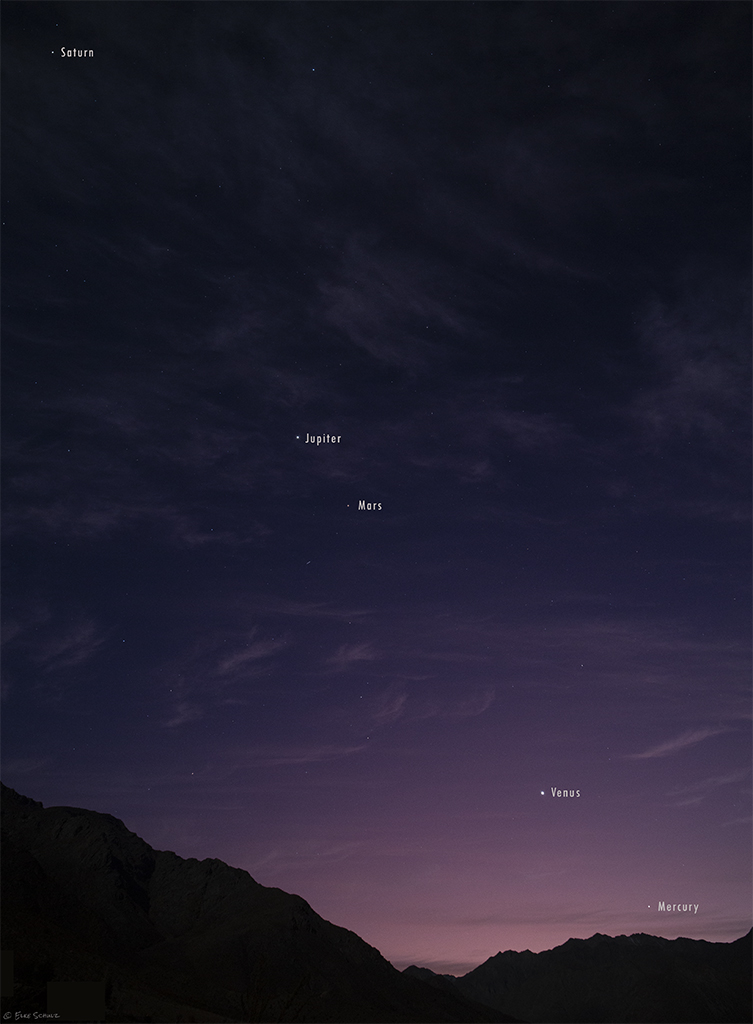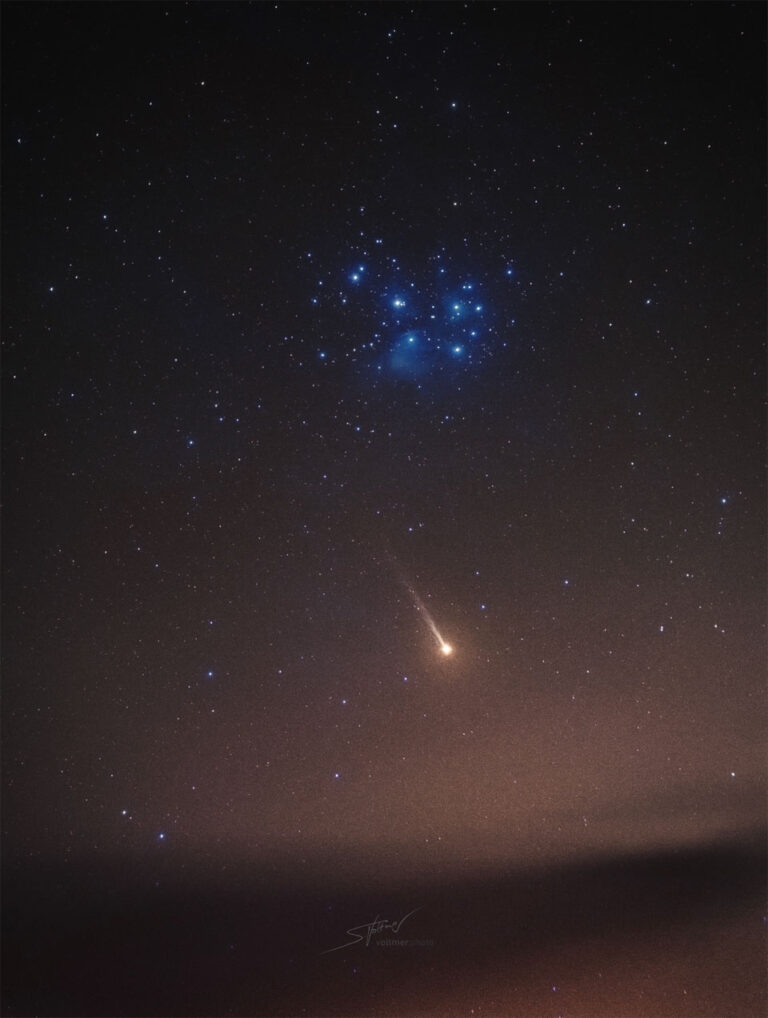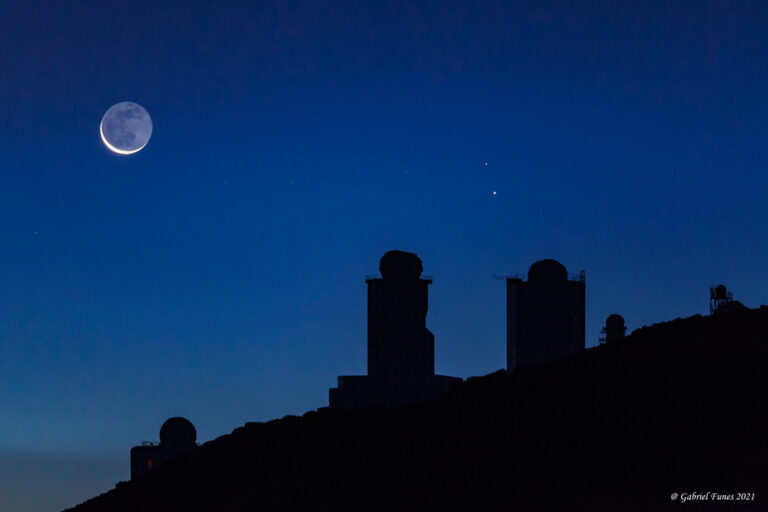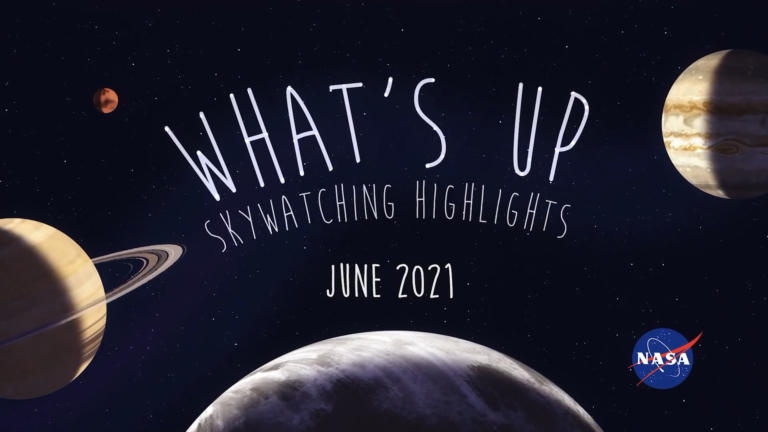贝比科隆博号眼里的韦瓦第陨石坑
The cratered surface of a large body is shown: Mercury. The largest feature visible is a large impact crater with two rings, near the image center. Arms from the BepiColumbo spacecraft that took the image are seen extending into the image from the top and the right. Please see the explanation for more detailed information.
图中显示的是一颗大型天体的陨石坑表面:水星。可见的最大特征是靠近图像中心有大型双环陨石坑。拍摄该图像的贝比科隆博号航天器的机械臂从顶部和右侧延伸到图像中。有关更多详细信息,请参阅说明。








